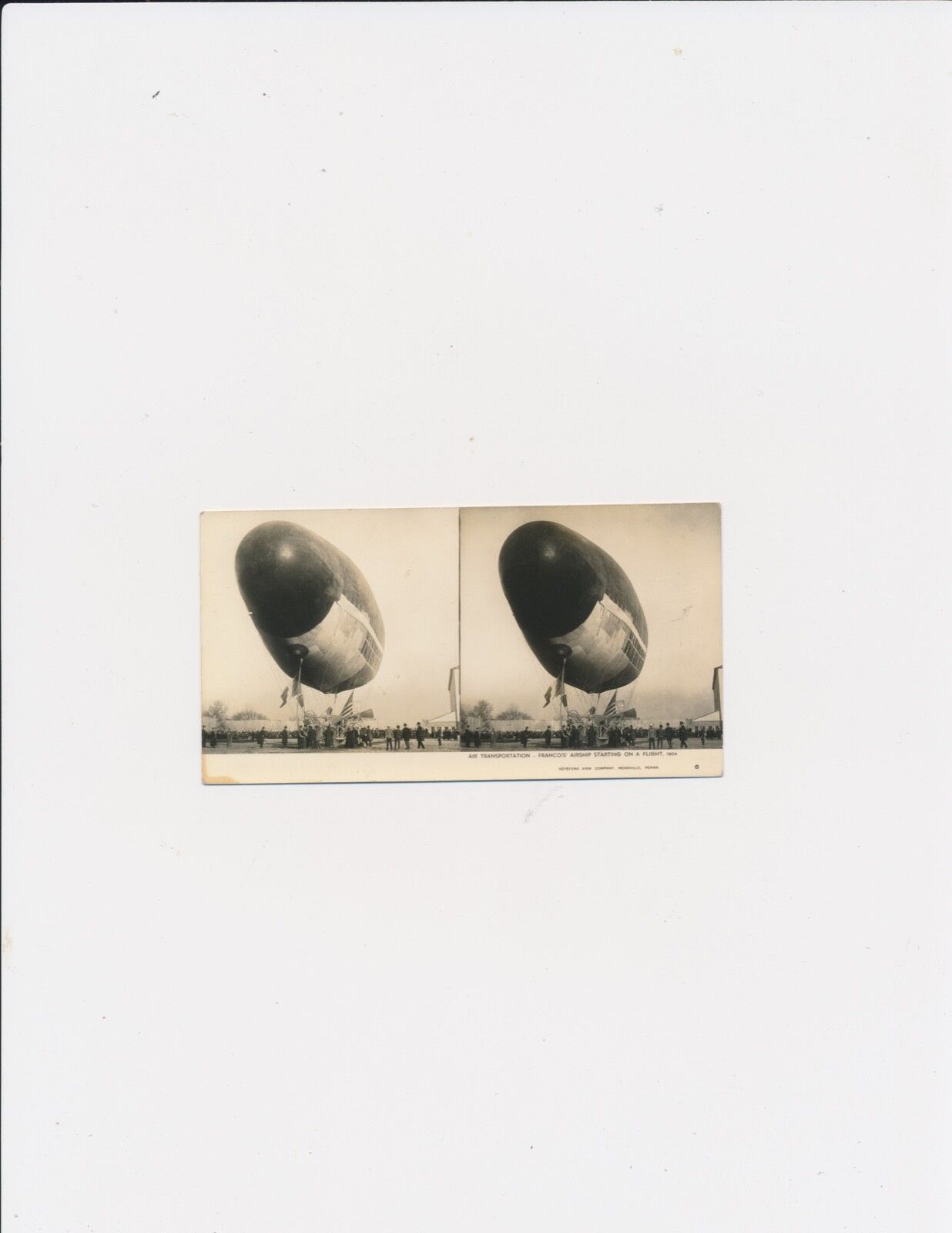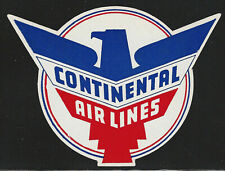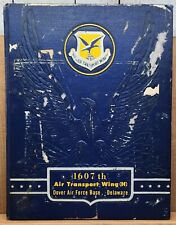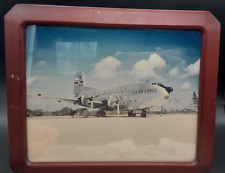When you click on links to various merchants on this site and make a purchase, this can result in this site earning a commission. Affiliate programs and affiliations include, but are not limited to, the eBay Partner Network.
Internet excerpt may be of interest to describe the period of flight:the 1904 Louisiana Purchase Exposition in St. Louis, Missouri, a seven-month-long world’s fair celebrating Thomas Jefferson’s epic real estate deal a century earlier, more than 19 million visitors were treated to exhibitions of wonders from across the country and around the world. Underwritten by $15 million in stock purchases and federal and state funding, the fair was, in the words of one newspaper headline, “The Most Stupendous Entertainment the World Has Ever Known.” Not only did it host the 1904 Olympic games, it also featured an aeronautic competition, with a $100,000 grand prize. That’s how the first public, powered flight in the United States came to take place in St. Louis before thousands of witnesses and how international aeronautical celebrity wore, for a time, a distinctly American face
Two faces, actually: “Captain” Thomas Scott Baldwin and Roy Knabenshue. Beginning with just a handful of flights in a rickety dirigible, they helped change the course of flight itself. Without them, Glenn Curtiss, Lincoln Beachey, and many others might never have flown, and the Wright brothers’ career would have taken a different turn. The introduction of flight to most of the country, and much of the world, might have been delayed by years. As Baldwin and Knabenshue hustled their way through the sky, their adventures changed lives and fortunes.
In 1904, Europeans appeared to lead the way in human flight. The exploits of aviation pioneers Otto Lilienthal, Alberto Santos-Dumont, and Ferdinand Graf von Zeppelin were well known in the United States. Americans, on the other hand, weren’t offering much in the way of aeronautical success. December 1903 brought headlines ridiculing the catastrophic failure of Samuel Pierpont Langley’sGrand Aerodrome, and unreliable reports of secretive brothers from Ohio and their apparently successful flights on the North Carolina coast.
The press heavily favored Santos-Dumont to win the grand prize at the St. Louis fair. Headlines blared from Paris of the Brazilian’s stunning successes with dirigibles, like his epic circling of the Eiffel Tower. If anyone could navigate the fair’s 30-mile grand prize course—three times around a 10-mile L-shaped path—it would be Santos-Dumont. But it was not to be. After arriving in St. Louis to great fanfare, Santos-Dumont’s airship No. 7 was left overnight in the fair’s aeronautical concourse hangar. The next morning the silk envelope was found irreparably slashed. The sabotage was never solved, and Santos-Dumont returned to Paris.
The field was now wide open for the grand prize. Several tried, but none made it past the 30-foot-high fence surrounding the concourse, ostensibly there to shelter the airships from the wind. Twenty-nine-year-old Roy Knabenshue witnessed the whole disappointing spectacle. He was selling tethered balloon rides that offered spectacular views of the fair. To attract business, he once allowed the balloon to rise while hanging onto its tether underneath. Sliding along as he and the balloon rose, he paused now and again, hanging on one-handed hundreds of feet up, waving to the growing crowd below.
Knabenshue was an unlikely daredevil. The son of a respected newspaper publisher in Toledo, he had a job installing switchboards for the telephone company. But after seeing balloon ascensions at state fairs, he had to fly. He bought a balloon and hit the circuit. To save his family shame, he adopted the moniker Professor Don Carlos.
Knabenshue quickly learned the century-old entrepreneurial rigors and the quasi-science of carnival ballooning. (He once tested, with nearly fatal results, his theory that ascending directly into a thunderstorm—in a balloon filled with highly flammable hydrogen—would be safer than staying on the ground.) By the time Knabenshue got to the St. Louis fair, he was looking for a new attraction to land contracts. He found it when it walked up and said hello.
“Captain” Thomas Scott Baldwin needed no introduction. Everything about him was big: his size, his demeanor, his career. For years, he had been the greatest showman among American aerialists. Baldwin was a tightrope walker and trapeze artist, often performing stunts dangling beneath a rising balloon. Wearing a pink leotard with blue trunks, he gained international fame in 1887 with his first parachute jumps. The parachute’s shroud lines ended in a small iron ring that Baldwin simply held with his hands. Earning a dollar for every foot he dropped, he would step out of his balloon’s basket and hold on tight. He strongly cautioned against changing one’s grip on the way down.
Baldwin’s parachute act took him to Europe, South Africa, New Zealand, and Asia. Somewhere in his adventures, he became “Captain” Tom. Always looking for his next act, Baldwin became interested in the flights of Santos-Dumont, and began his own experiments with steerable balloons—dirigibles. His search for a powerful, lightweight motor ended in Hammondsport, New York, at the workshop of a young motorcycle manufacturer named Glenn Curtiss.
PIXIDIOM ARCHIVE SELECT
PIXIDIOM VINTAGE PHOTOGRAPHS \"e-TIME = ANY-TIME\" ©









